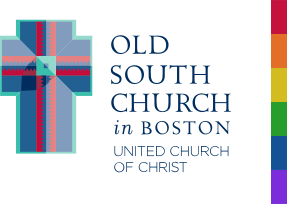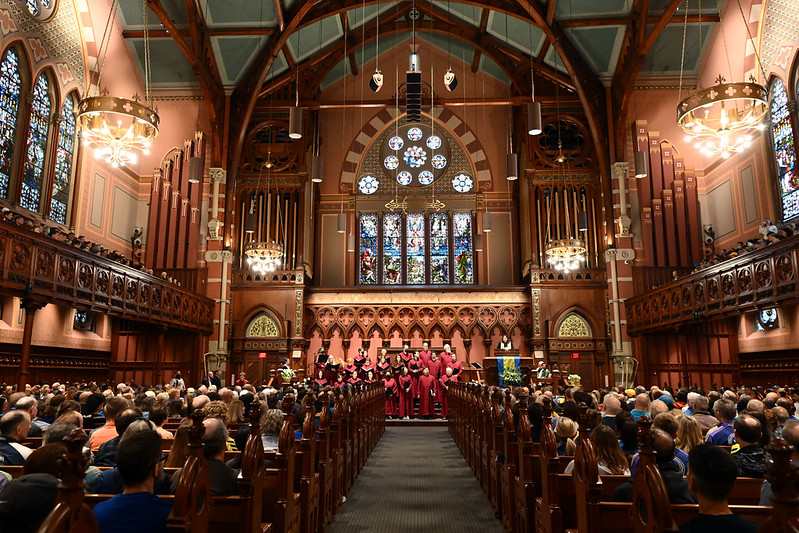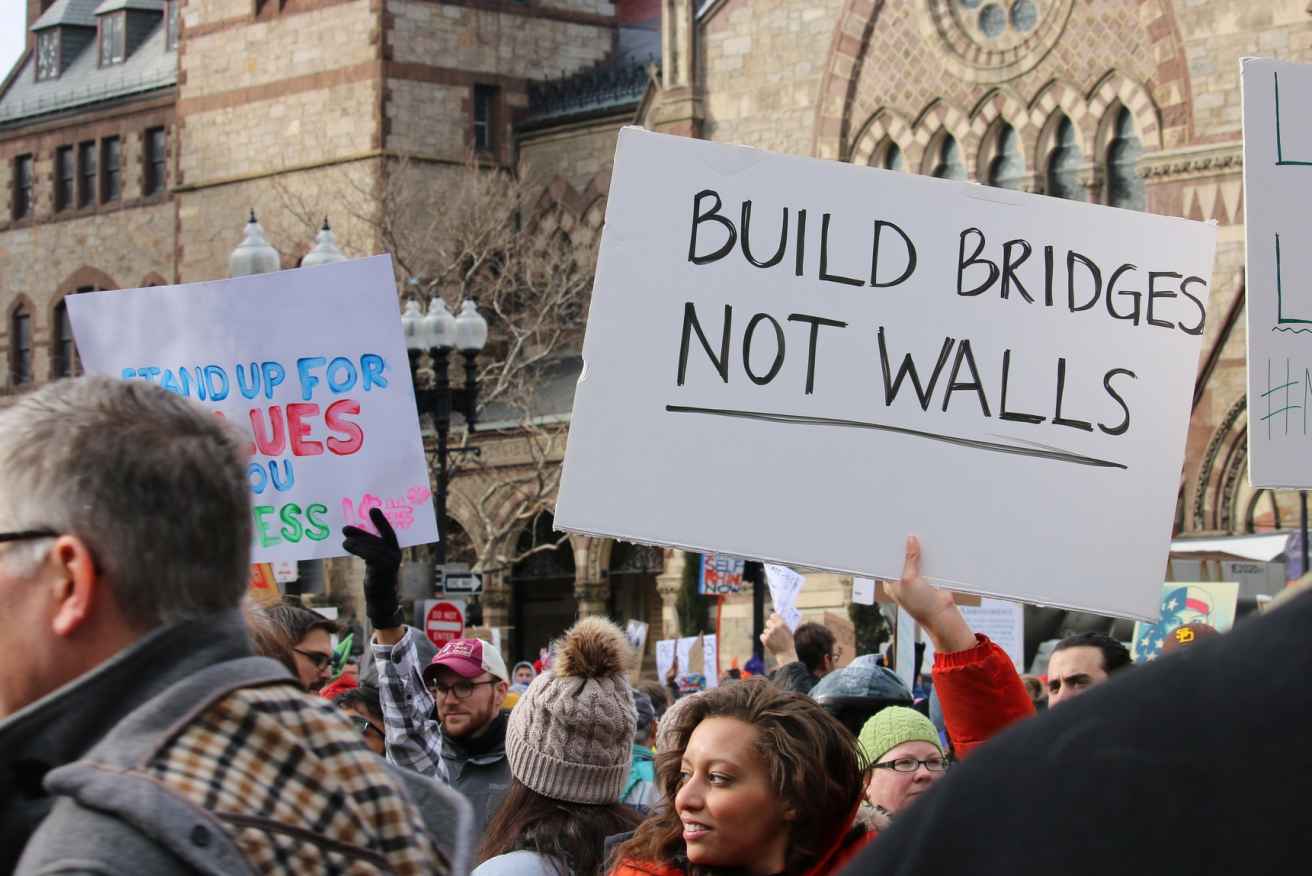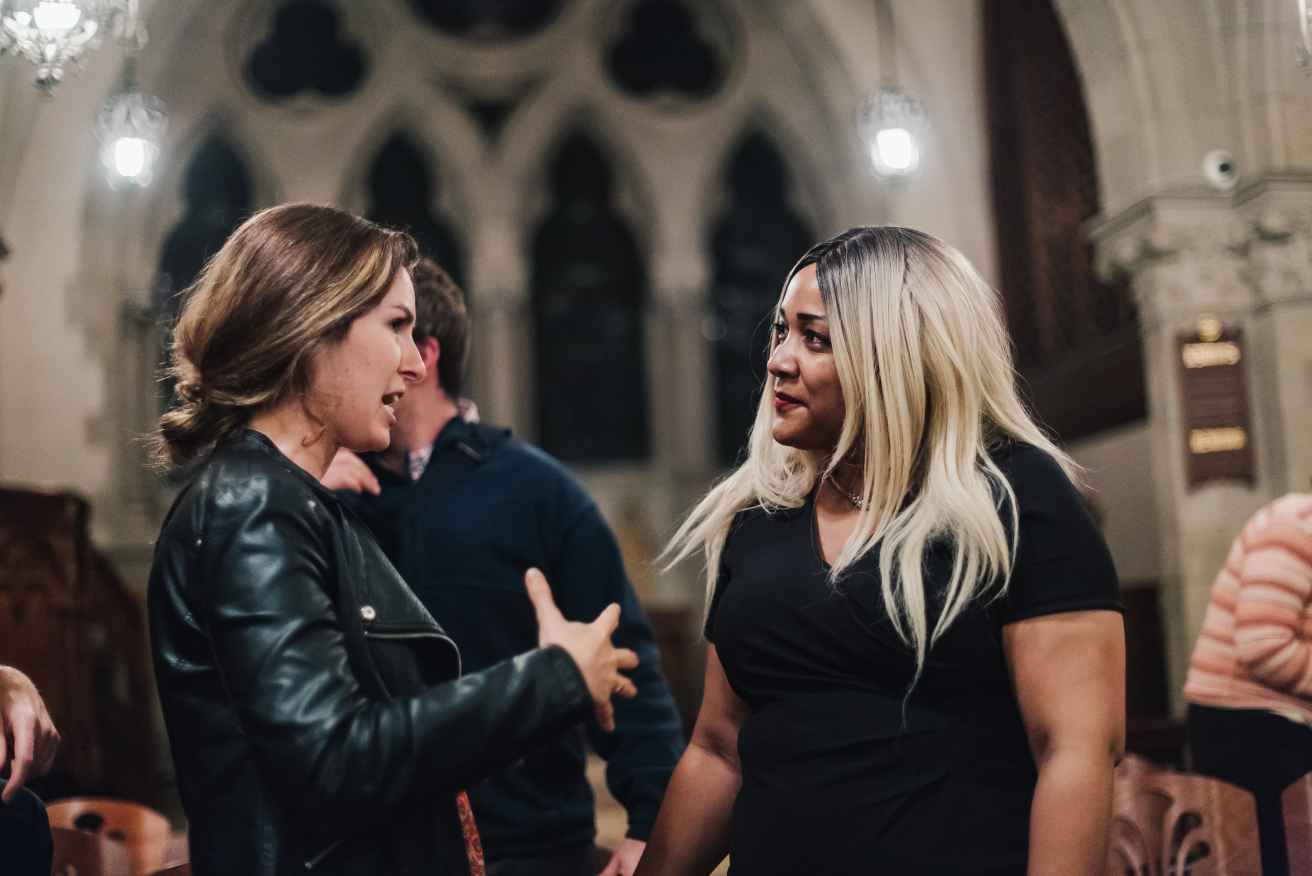It’s a given that before you can take a second step you must first take the first one. It’s certainly true in the development of our children’s bodies and minds. It’s true in learning any skill or in understanding an idea or concept. Learning the scales precedes playing a piano concerto.
It’s true in our religious journey as well. We cannot really experience the joy of Easter Sunday without first standing at the foot of the Cross. We need to feel something of the pain and the agony – the unbelievable agony of execution by crucifixion, one of the most painful forms of death, before we sing “Christ the Lord is Risen Today.”
The late Dutch pastor and theologian, Henri Nouwen (A Cry for Mercy) asks:
O dear Lord, what can I say to you ... Is there any word that could come from my mouth? … You died for me ... I wish I could find a fitting response ... (but) any response seems totally inadequate. Let me just stand and look at you. Your body is broken, your head wounded, your hands and feet are split open by the nails, your side is pierced.
Unfortunately, that perspective is not a comfortable one for many contemporary Christians. They want things kept sweet and nice and certainly not anything gruesome as in imaging someone slowly dying by asphyxiation; which is how one ultimately dies when crucified.
Thankfully, many others feel they need a good dose of this kind of contemplation. To aid us, it might be helpful to see again what brought Jesus to this gruesome end. The Roman Empire, along with some corrupt religious leaders, simply found Jesus too disruptive. Their authority was being threatened. His preaching of the Kingdom of God, a Kingdom that included the ‘other’, the call to pray for and forgive your enemies, the call to those in power to act justly and to do mercy – was more than they could handle. He simply had to go. When we understand the context, we are not surprised that trouble was in the offing. Arrests, followed by punishment, are what empires do to stay in power.
As we join Nouwen in contemplating the Cross, we might well be ready to take yet another step in our journey. Where are the Crosses of tremendous pain and suffering today? On Good Friday we sing the old familiar hymn that asks: ‘Were You There’? Its plaintive melody and moving words always makes my heart skip a beat.
Were you there when they crucified my Lord?
Were you there when they crucified my Lord?
O sometimes it causes me to tremble, tremble, tremble.
Were you there when they crucified my Lord?
But I was not there in Jerusalem that day so long ago. I am here now. I understand that hymn to ask a deeper question. To use the imagery of Nouwen’s language: where ‘is his body broken, his head wounded, his side pierced’ in my day? Let’s add some new lines to that old hymn that describes the agony of some contemporary crucifixions.
Were you there when they covered for the pedophiles?
Were you there when they tried to suppress the vote?
O sometimes it causes me to tremble, tremble, tremble.
Were you there when armed drones flew overhead?
Ah! The pain and suffering of the world. Add some lines of your own. They might include domestic abuse, trafficked women, gun violence, date rape, systemic poverty, returning veterans wounded in body and mind, and mentally ill prisoners locked in solitary confinement. The list goes on. Perhaps these lines do not make good hymnody. But they do make good theology because they make the Cross real in our day. It was not just a terribly cruel action a long time ago. It is happening now.
Good Friday helps us focus on the Cross and on the many Crosses on which Jesus still dies. Only after such contemplation do we dare sing of our hope for the future, of our commitment to justice, of our resolve for the building up God’s embracive kingdom, of our joy over an empty tomb and the promise of more empty tombs tomorrow.







